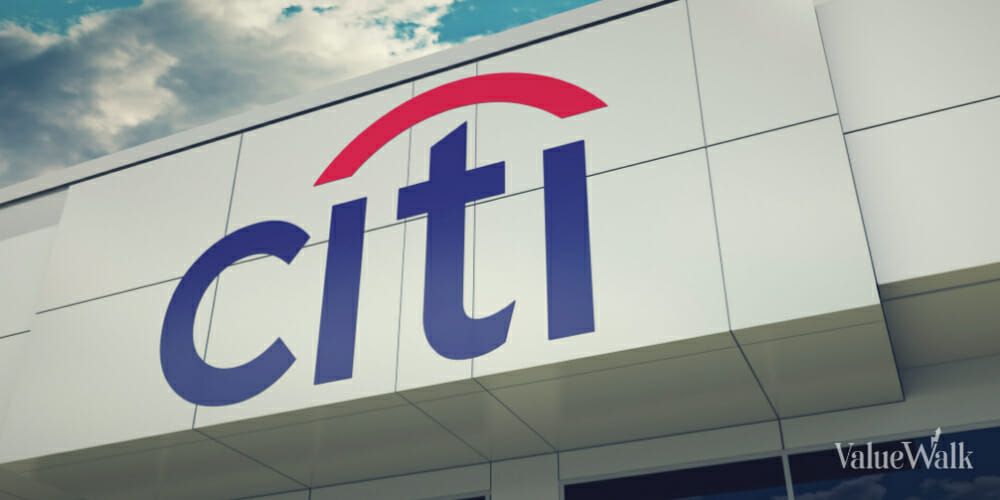Citigroup (NYSE:C) is the third-largest bank in the U.S. by assets and is one of four megabanks with a national footprint. It is a bank with great brand recognition and pedigree, although it has struggled in recent years, especially compared to its two larger competitors, JPMorgan Chase (NYSE:JPM) and Bank of America (NYSE:BAC).
There are several reasons for these struggles, most of which are federal, as the bank has been fined by federal regulators for various compliance and internal controls violations in recent years.
However, Citigroup has been in turnaround mode the last few years, hiring new CEO Jane Fraser, investing in internal controls, and streamlining operations, with all this occurring during a bear market and a banking crisis. So how is Citigroup doing? Like most bank stocks, Citigroup shares are down, but are they a good value — or a value trap?
Trading below book value
Citigroup stock is down by about 13% year to date (YTD) and 11% over the past one-year period ended Oct. 20. Thatʻs worse than JPMorgan Chase and Wells Fargo but better than Bank of America and U.S. Bancorp. All of them, except JPMorgan Chase (+6%), are down this year, in what has been a difficult period for banks.
As a result, Citigroup is trading at a dirt-cheap valuation. The price-to-earnings (P/E) ratio is extremely low at just over six, meaning it is trading at six times earnings, with a forward P/E also at six. However, a more meaningful valuation measure for a bank is its price-to-book (P/B) ratio.
Citigroup’s P/B ratio is hovering around 0.36, which is as low as it has been since 2012. Anything below one means it is trading below its book value and is often considered undervalued. The lower the P/B is below one, the more undervalued the stock is in relation to its book value.
One way to tell if a stock is truly undervalued is to look at the return on equity (ROE) in relation to the P/B ratio. The ROE measures how much profit the bank makes from what shareholders have invested in the business, or shareholder equity. Typically, a higher P/B ratio goes with a higher ROE, but in cases where the P/B is high and the ROE is lower, it indicates an overvalued stock. Conversely, if the ROE is high and rising while the P/B ratio is low, it suggests that the stock could be a good value.
In the case of Citigroup, the ROE is only around 6%, which is below the bank average of about 12%. By comparison, JPMorgan Chaseʻs ROE is just under 17%, while Bank of America and Wells Fargo are 11% and 10%, respectively.
Is it a trap?
A value trap is considered a stock that is cheap with low valuation metrics that looks like it could be a good buy at a discount price. The trap part comes in when you realize that the company has limited growth potential, and you are stuck with a cheap stock that just muddles along.
Citigroup has certainly been that over the past decade. While most of its competitors benefited from the long bull market of the 2010s, Citigroup got bogged down with one problem after another, from failing federal stress tests to a fraud lawsuit and internal controls deficiencies. Over the past 10 years, the stock price has an average annualized return of -2.5%.
It remains to be seen if Citigroup is still a value trap. Fraser has taken some good steps to turn things around by cutting costs, streamlining operations to focus on strengths and selling off underperforming businesses or those that donʻt serve the bank’s core strengths, and investing billions to fix the internal controls and improve risk management.
It is too soon to tell if she has righted the ship, so it is probably a good idea to watch and wait. Until then, there are more reliable bank stocks out there that are also undervalued.












